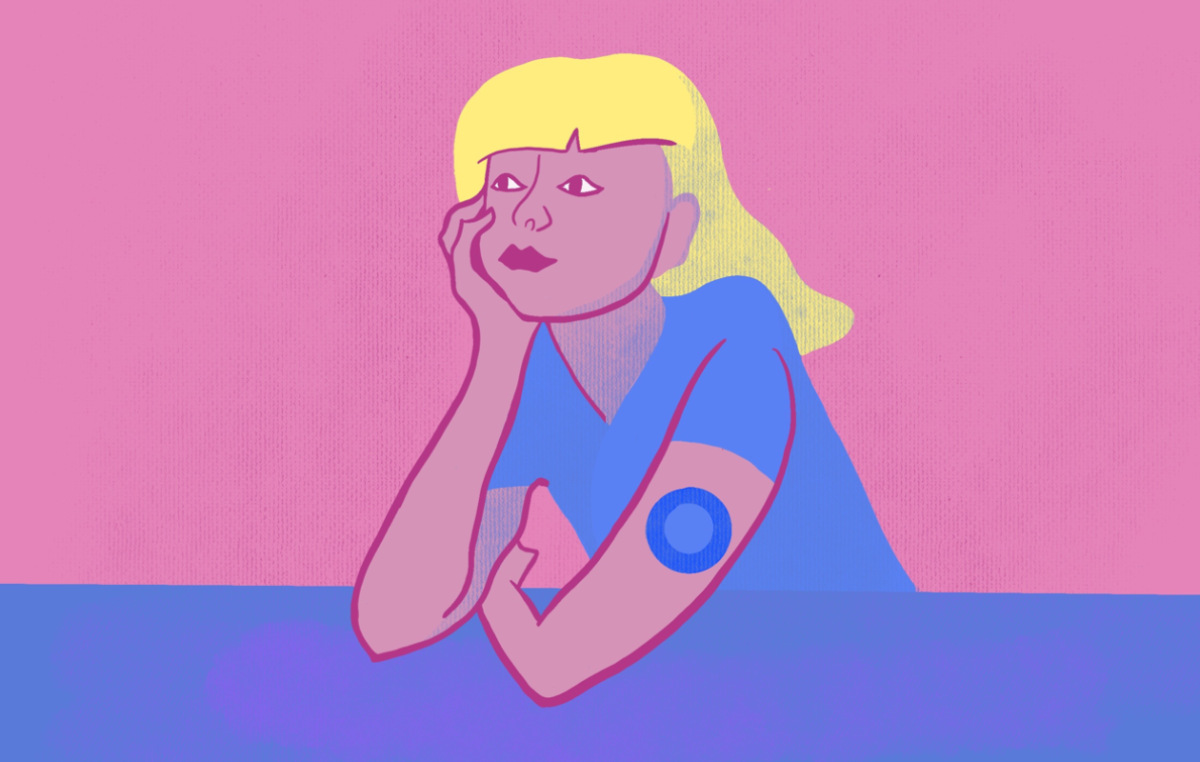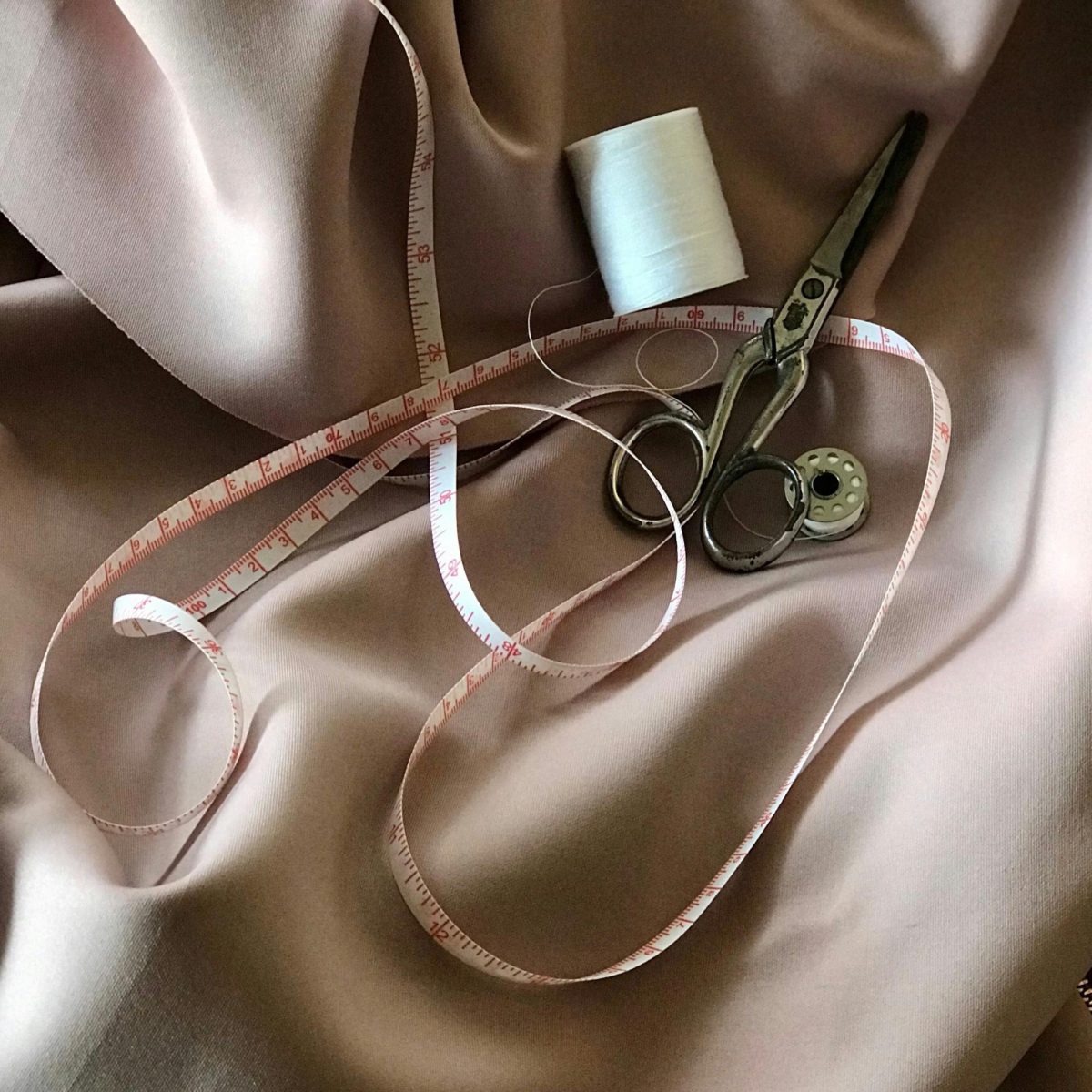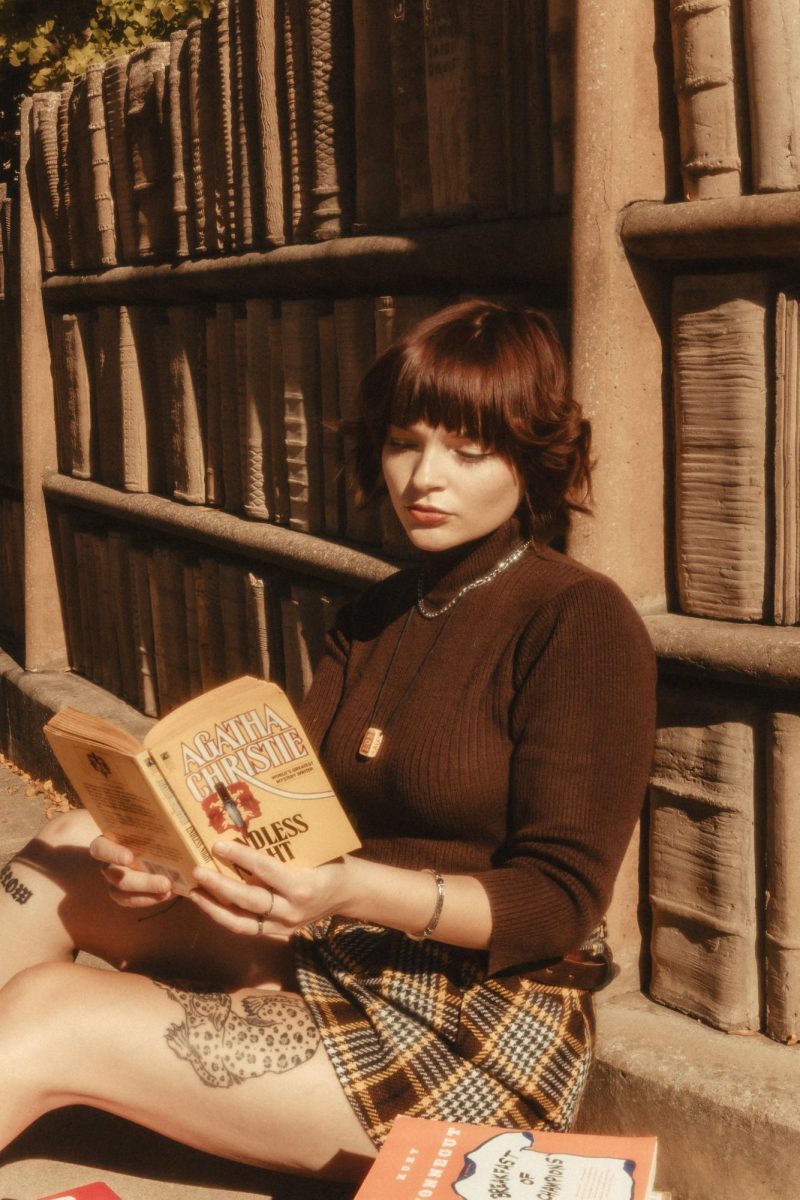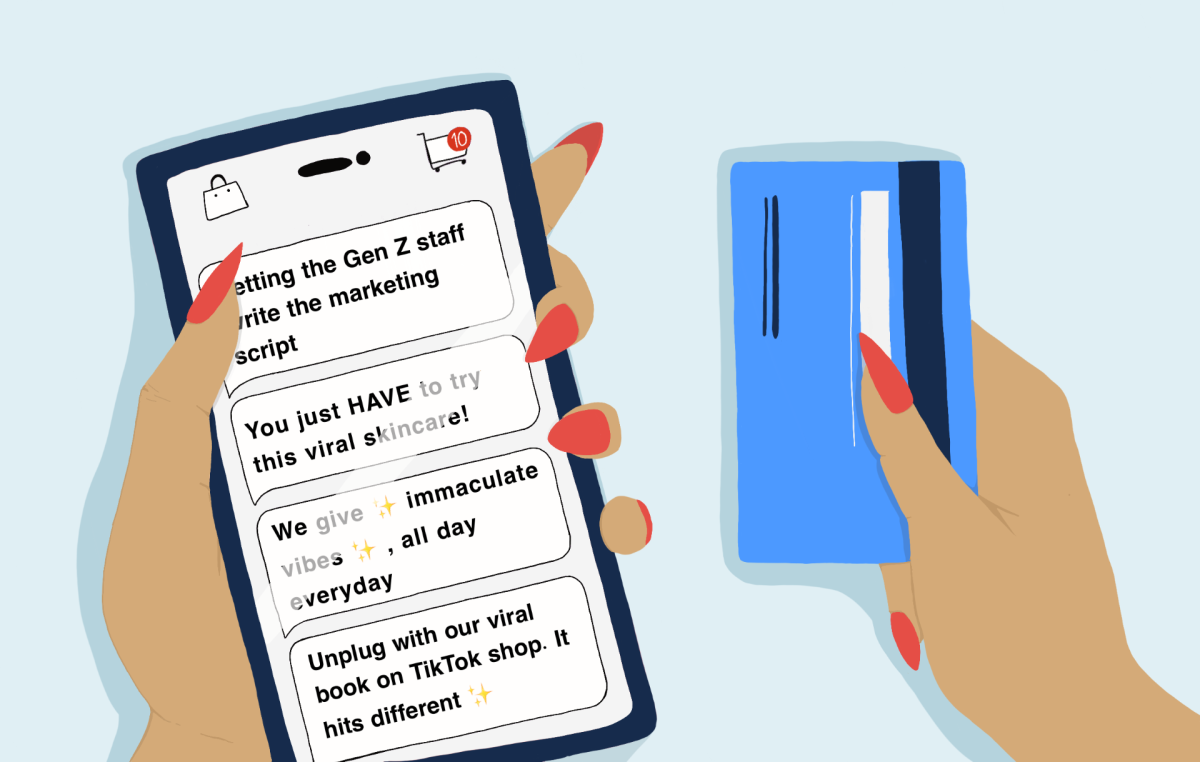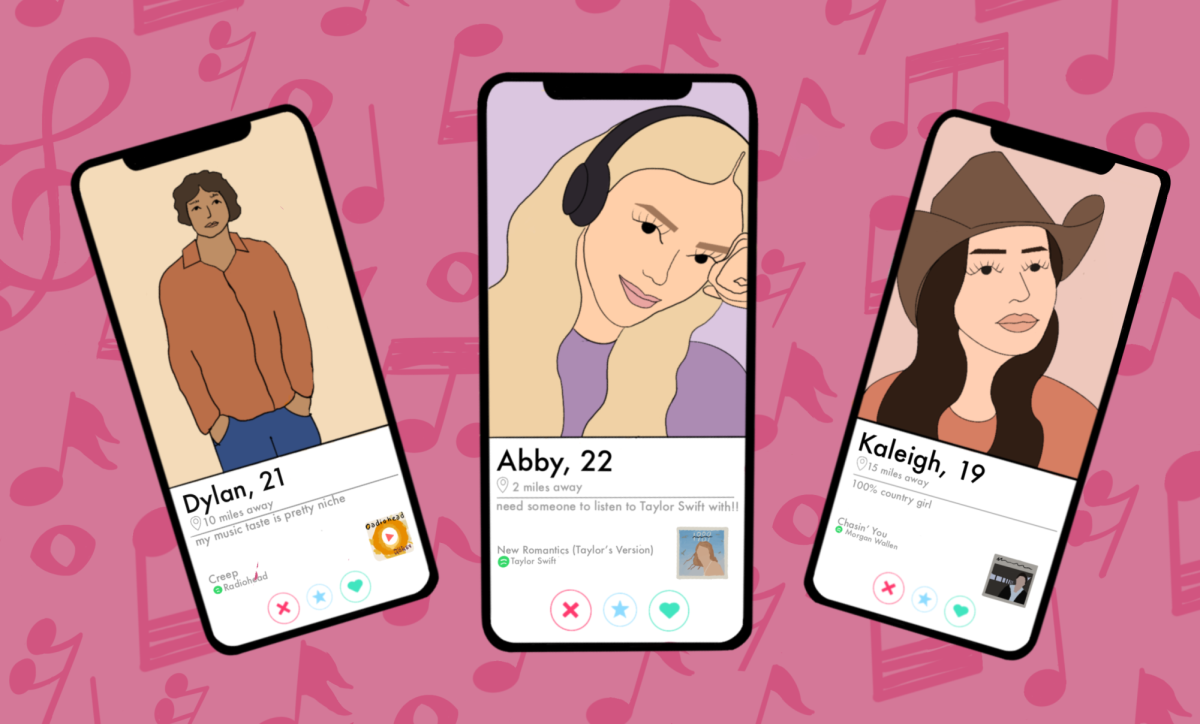We see models walking down the runway constantly. We see them in clothing stores, billboards and other places where models are shown. But have you ever thought about how often you see a model with an insulin pump?
Over the decades, models have looked a certain way, but recently fashion shows and companies have become more inclusive for those with disabilities. Type 1 diabetes, specifically, is a disability in which many people may opt to wear an insulin pump—instead of taking insulin shots. Patch insulin pumps can be taped to parts of your body and “tethered” pumps—a fine tube connected to the cannula and a thin tube inserted into the vein—can be clipped onto articles of clothing.
The fashion industry is starting to evolve for those with diabetes. In 2021, Lila Moss, Kate Moss’s daughter and model, walked during Milan Fashion Week for Fendi and Versace’s combined show with her insulin pump visible. This act was one to show that the industry is moving towards becoming more inclusive.
“I have this thing that affects me in everyday life, my fashion choices, and how people look at my body and look at my clothes and what I’m wearing, so it just makes me feel more included. It just makes me feel proud,” said Lizzie Dierkes, a student at Ohio State University with type 1 diabetes. She believes “there’s a sense of pride associated with seeing people represented that wouldn’t normally be represented.”
Dierkes said the clothing brand Aerie is good when it comes to featuring those with disabilities. Aerie, featured models on their websites with diabetes, vitiligo and more.
Not only do brands think about putting models with disabilities in their shows, but they may also think about clothing designs being friendly for those with diabetes. People with diabetes have to deal with more than just an insulin pump. They carry a number of extra supplies, just to get through the day.
Dierkes said as a whole, clothing with pockets is very diabetic-friendly because you can put your pump, meter and snacks in them. Leggings and anything stretchy are also well received.
Some clothing brands are specifically catered toward people with diabetes. Fashion designer Natalie India Balmain, diagnosed with type 1 diabetes herself, created a clothing line for those with diabetes to make it easier to carry their supplies and injections. Made with a purpose, Balmain wanted to fix the issues of people diagnosed, allowing them to lead easier lives with their clothing options every day.
Dierkes believes most fashion companies still don’t think about these issues when designing clothes, but they can devise departments for accessible clothing, which is important to shift in the right direction.
“I feel like there was virtually nothing that was accessible or catered specifically to people with disabilities whenever I was growing up,” Dierkes said. “I’ve had diabetes for 15 years, and now I can confidently say almost every store that I shop at, there’s a model that’s not your stereotypical able-bodied … model.”
Support Student Media
Hi! I’m Annie Gleydura, A Magazine’s editor-in-chief. My staff and I are committed to bringing you the most important and entertaining news from the realms of fashion, beauty and culture. We are full-time students and hard-working journalists. While we get support from the student media fee and earned revenue such as advertising, both of those continue to decline. Your generous gift of any amount will help enhance our student experience as we grow into working professionals. Please go here to donate to A Magazine.

